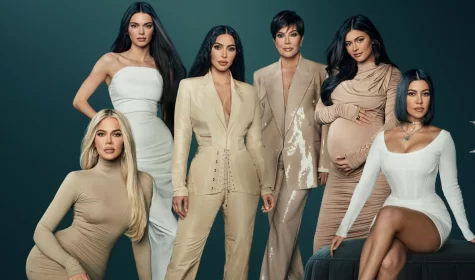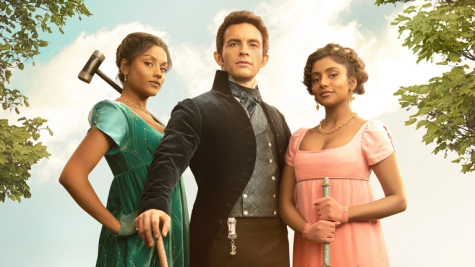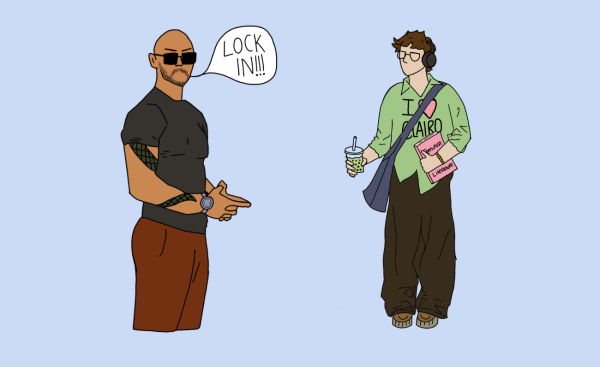Colorism in media

Getty Images/iStockphoto
Photo Courtesy of iStock
While we would like to believe that the world is a good place and society contains no more discriminatory actions or thoughts, that is simply not true. Prejudices can show up in other ways, such as colorism. Colorism is defined as bias or impartiality towards an individual based on their skin color. In the modern day, it’s typically those with darker skin who suffer from colorism. Nevertheless, colorism goes back for centuries as is even rooted in some of the world’s most ancient cultures. Unfortunately, this inequity has trickled down into modern society.
While movies and television feature more diverse casts, there is still a clear preference for lighter-skinned actors and actresses. This can be seen when POC (People of Color) characters are played by biracial actors. In an interview with Vanity Fair, Amandla Stenberg, a biracial actress who has light skin, talked about turning down a role in Black Panther saying that,
“it would have just been off to see me,” Stenberg said, “pretending that I’m the same color as everyone else in the movie”.
Zendaya Coleman, who has a white mother and Black father, is known for playing MJ in the MCU and Rue in HBO’s Euphoria and has previously acknowledged that she is
“Hollywood’s acceptable version of a black girl” and that she has a “bit of privilege compared to (her) darker brothers and sisters”.
Zendaya admitted to Cosmopolitan that she has not had to face the same racism compared to a woman with darker skin. It is clear that Hollywood likes mixed actors because they are ethnic enough to appeal to minorities and white enough to keep Western audiences comfortable and engaged.
Colorism is not only seen in the Western world; it exists globally. Colorism is prevalent in Asia, Africa and South America, places where the majority of the population is not white. Bollywood, which is India’s version of Hollywood, is rife with examples of blatant prejudices. There is rarely a female lead who does not conform to the country’s beauty standards, with fair skin, light hair and Eurocentric features. For the male lead, however, it is more acceptable for him to have darker complexion since dark skin is commonly associated with masculinity. That encourages the idea that dark-skinned women can not be feminine and beautiful.
Colorism in Black, Indian and Hispanic communities has been deeply ingrained in the media and continues to affect younger generations today. There is a lot of importance in seeing somebody that looks like you represented on the screen and on major platforms. Television and streaming sites are major platforms where toddlers to young adults tend to develop their identity and where they try to look up to those who resemble themselves . Many think that this is why a majority of movie and TV stars are white or light skinned. Considering the historic colorism that is immensely prevalent in media, there is major hesitation for dark-skinned people to want to try acting or present themselves to an audience that may not accept them.
Moving forward, it is important to not only recognize the privilege that light skinned actors and popular media personalities have, but also create an environment for those with a darker shade of tone and distinguished features to be seen around the world. Opening up a wider range of diversity can bring new talent as well as encouragement to younger generations world wide. The importance of ending colorism is critical in order to move forward and leave racist roots behind.













